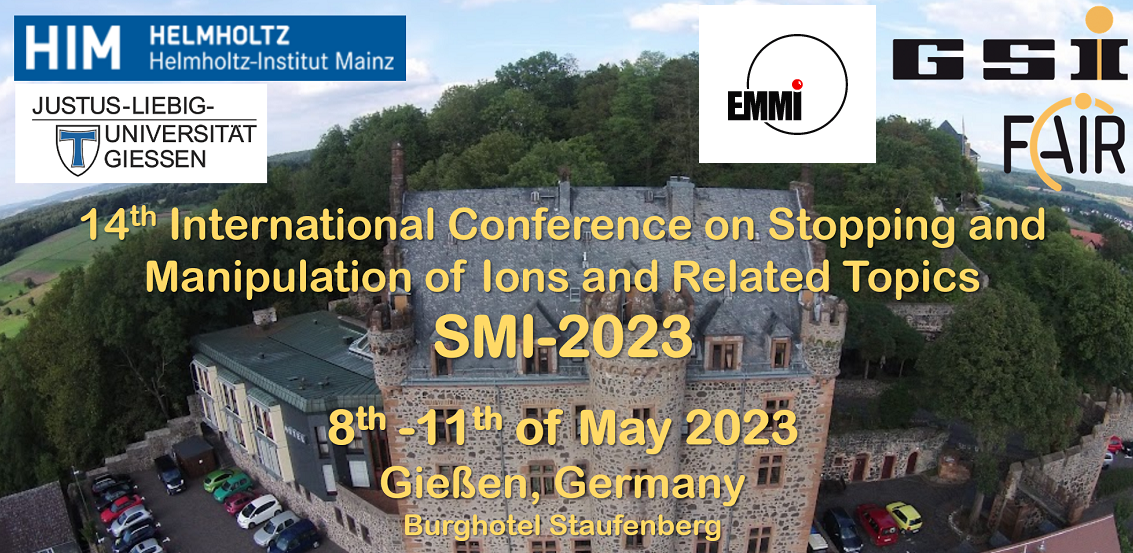Sprecher
Beschreibung
S. Malbrunot-Ettenauer for the RadMol and MIRACLS collaborations
Ion traps have long been recognised as superb precision tools for fundamental physics research. Thanks to their extraordinary versatility, they have repeatedly opened up new science opportunities which in turn have led to remarkable advancements in ion-trap technology. As one example in the field of rare isotope science, the MIRACLS and recently-formed RadMol collaborations are developing new methods in ion trapping and manipulation to study radioactive molecules and (negative) ions.
Radioactive molecules, in which one or more of its constituting atoms contain a short-lived radioactive nucleus, have recently been introduced as highly sensitive probes for new physics beyond the Standard Model of particle physics. However, radioactive molecules are challenging to address experimentally. In addition to the short half lives, radioactive samples are only available in minute quantities at dedicated radioactive ion beam (RIB) facilities where they are typically synthesised in ‘hot’ environments. To overcome these challenges, we have pursued a series of ion-trap experiments at ISAC@TRIUMF and ISOLDE@CERN with the goal to efficiently form (ionic) molecules of interest and cool them to temperatures adequate for future precision experiments.
In this talk, recent advances at RadMol and MIRACLS dedicated to the research on radioactive molecules will be presented. Among others, these include the formation of molecules or their sympathetic cooling via co-trapped and laser cooled ions, both achieved in cooler-bunchers commonly available at modern RIB facilities. Closely related instruments have also been exploited to study negative ions and, thus, to enhance the signal sensitivity of laser photodetachment threshold spectroscopy as required for the precise determination of electron affinities. Building on these techniques, a prospect for future precision experiments with radioactive molecules and negative ions with low production yields will be given.

